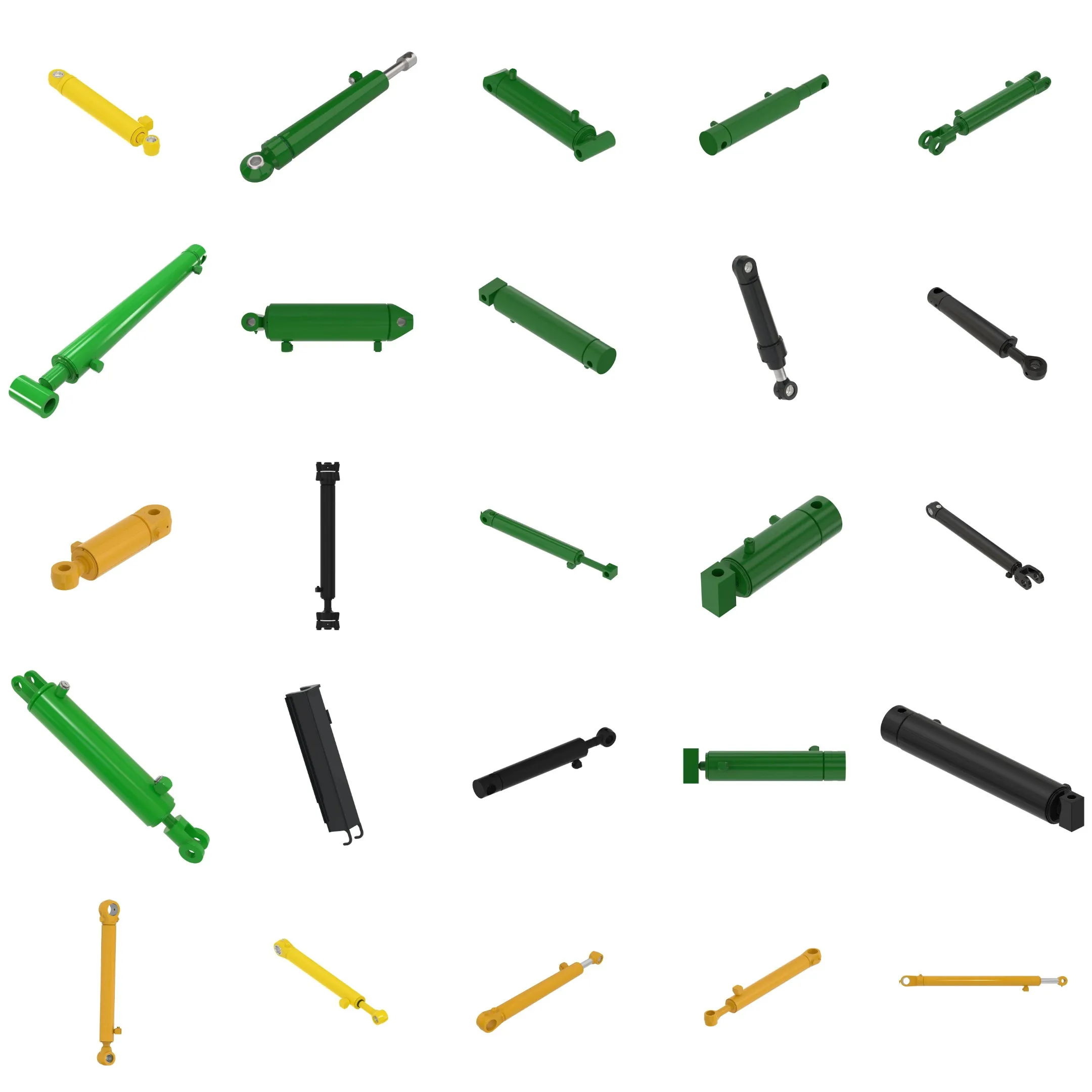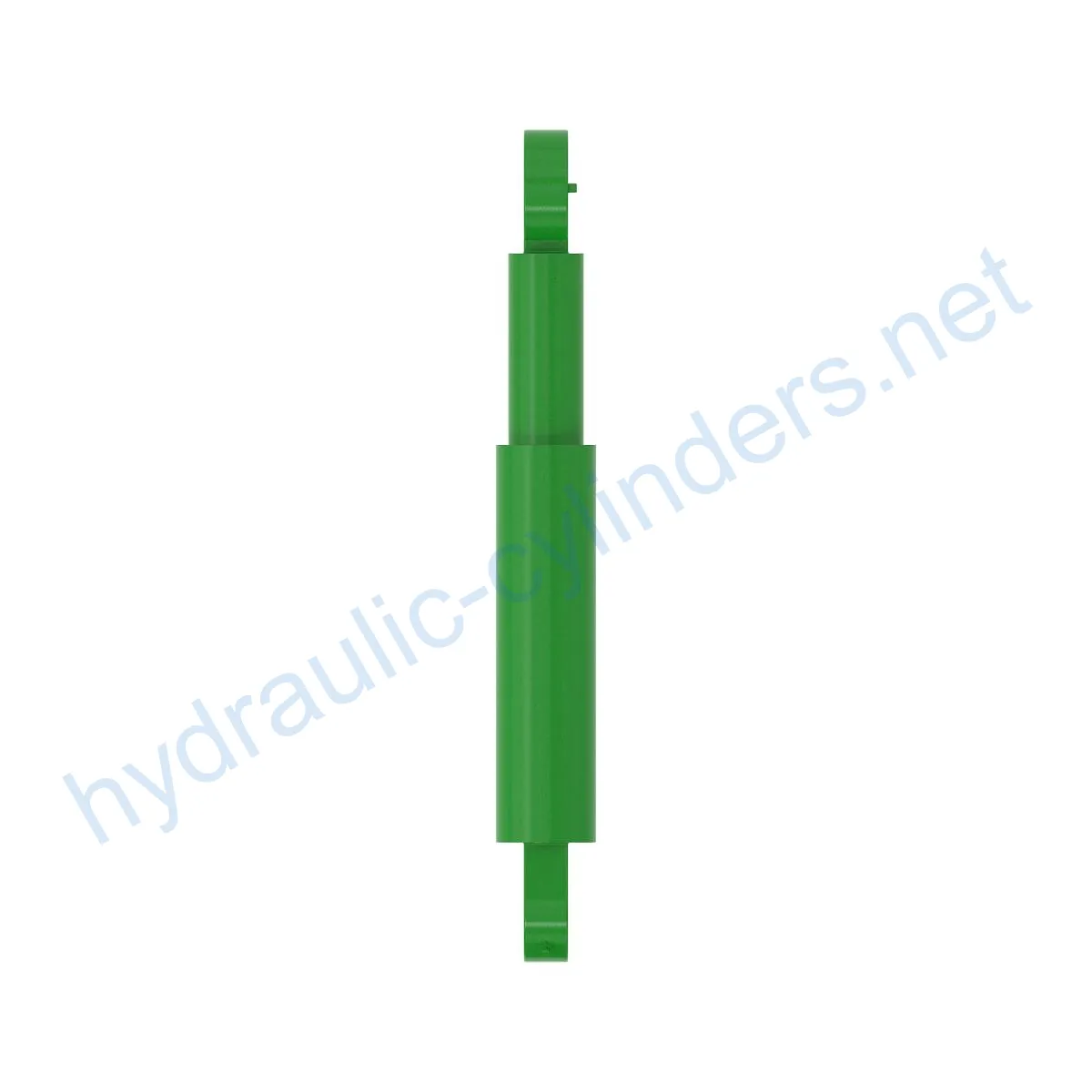Replacement Of AHC21429 Hydraulic Cylinder
Üheks hüdrosilindrite tootjaks, tarnijaks ja mehaaniliste toodete eksportijaks pakume hüdrosilindreid ja paljusid teisi tooteid.
Palun võtke meiega ühendust üksikasjade saamiseks.
Post:sales@hydraulic-cylinders.net
Tootja tarnija eksportija hüdrosilindrid.
Replacement Of AHC21429 Hydraulic Cylinder
The Replacement Of AHC21429 Hydraulic Cylinder is a crucial component used in various heavy machinery applications. It is designed to provide reliable and efficient hydraulic power, ensuring the smooth operation of equipment.
Specifications:
- Weight: 48.602 lb
- Height: 5 in
- Width: 5 in
- Length: 25 in
Compatible Models:
- 9RX 490
- 9RX 490 SCRAPER
- 9RX 540
- 9RX 540 SCRAPER
- 9RX 590
- 9RX 590 SCRAPER
- 9RX 640
- 9420RX
- 9470RX
- 9470RX SCRAPER
- 9520RX
- 9520RX SCRAPER
- 9570RX
- 9570RX SCRAPER
- 9620RX
Key Features:
1. Improved Equipment Performance: Replacing damaged or worn hydraulic cylinders can restore the equipment’s normal operational capabilities, ensuring optimal performance in various applications.
2. Enhanced Safety: Regularly replacing hydraulic cylinders can reduce safety hazards associated with cylinder failures, ensuring the safety of operators and equipment.
3. Overload Protection: New cylinder designs often incorporate better overload protection mechanisms, increasing overall safety.
4. Quick Installation: Modern hydraulic cylinders are designed for easy installation and replacement, minimizing downtime.
5. Standardized Components: Many hydraulic cylinders are standardized products, making it easier to obtain replacement parts in the market.
Our company specializes in the production of replacement hydraulic cylinders and offers a perfect replacement for the mentioned models. With our expertise and commitment to quality, we have become one of the leading manufacturers and wholesale distributors of hydraulic cylinders in domestic and international markets.
Applications:
1. Excavators: The hydraulic cylinder on the excavator’s arm or bucket may get damaged due to prolonged use or overload, requiring replacement to restore normal operation.
2. Cranes: The hydraulic cylinders on a crane’s boom are prone to wear during frequent lifting and lowering processes. Regular replacement ensures safety.
3. Tractors: The hydraulic cylinder on a tractor’s front loader may develop leaks or performance degradation due to continuous lifting and tilting operations, necessitating replacement.
4. Harvesters: Hydraulic cylinders in harvesters endure high pressure during harvesting, and fatigue damage can occur. Timely replacement is crucial to maintain work efficiency.
5. Automated Production Lines: Hydraulic cylinders are used to control robotic arms and other automated equipment. Any cylinder failure can impact production efficiency, requiring immediate replacement.
6. Die Casting Machines: In high-pressure and high-temperature environments, hydraulic cylinders may experience decreased performance. Regular replacement ensures product quality.
7. Mining Equipment: Hydraulic cylinders are used in mining equipment for lifting and moving heavy loads. Due to harsh working conditions, regular inspection and replacement are necessary to avoid equipment failure.
8. Bulldozers: Worn hydraulic cylinders on a bulldozer’s blade can lead to reduced pushing capacity. Timely replacement is essential to maintain operational efficiency.
Maintenance Tasks:
1. Regular Inspection: Periodically inspect the hydraulic cylinder for any signs of damage, leaks, or abnormal wear.
2. Proper Lubrication: Ensure adequate lubrication of the cylinder’s moving parts using suitable hydraulic oil.
3. Seal Replacement: Replace worn seals to prevent hydraulic fluid leaks and maintain optimal performance.
Proper installation, lubrication, and adjustment are vital to ensure the longevity and efficient operation of the hydraulic cylinder. During installation, align the cylinder correctly and consider using appropriate mounting brackets for stability. We recommend following the recommended inspection, repair, and replacement procedures and utilizing our replacement parts and rebuilding services to extend the lifespan of the cylinder.
When working with hydraulic cylinders, safety measures are crucial. It is important to adhere to safety guidelines and use appropriate personal protective equipment (PPE) when handling or servicing hydraulic systems.
Troubleshooting and Common Issues:
1. Cylinder Leaks: Inspect the cylinder for damaged seals or fittings. Replace faulty components and ensure proper sealing.
2. Insufficient Power: Check for low hydraulic fluid levels or restrictions in the hydraulic system. Address any issues accordingly.
3. Erratic Cylinder Movement: Evaluate the control valves and hydraulic lines for blockages or malfunctions. Clean or repair the affected components as needed.
For effective troubleshooting and problem-solving, consider the following tips:
– Familiarize yourself with the hydraulic system’s schematic diagram.
– Regularly monitor hydraulic fluid levels and quality.
– Keep the hydraulic system clean and free from contaminants.
Please refer to the image below for visual reference:

Design Considerations and Selection Criteria:
When selecting a hydraulic cylinder, several factors should be taken into account:
1. Load-Bearing Capacity: Ensure the cylinder can handle the required load without failures or performance issues.
2. Sealing: Opt for high-quality seals, such as piston seals and rod seals, made of durable materials like polyurethane or nitrile rubber, to ensure proper sealing and minimize leakage.
3. Durability: Choose cylinders with robust construction and surfaces treated for enhanced wear resistance.
4. Safety: Consider cylinders with built-in safety features, such as overload protection mechanisms.
5. Maintainability: Look for cylinders that are designed for easy maintenance, with accessible components and straightforward repair procedures.
Sealing and lubrication are vital for optimal cylinder performance. Use appropriate seals and lubricants to minimize friction, wear, and potential leaks. The cylinder’s body and threaded end should undergo meticulous surface treatment to improve wear resistance. Regular lubrication with the correct hydraulic oil is essential to ensure smooth operation.
Regular inspection and preventive maintenance are key to maximizing the lifespan of the hydraulic cylinder. Ensure correct installation, lubrication, and adjustment to avoid potential issues. Following a recommended maintenance schedule will help identify and address any emerging problems promptly.
For proper installation guidance, refer to the following:

Remember to organize the article
Tehke ekskursioon meie VR-tehases:
Tehke ekskursioon meie VR-tehases koos järgmisega
Hüdrosilindri kasutamine:


